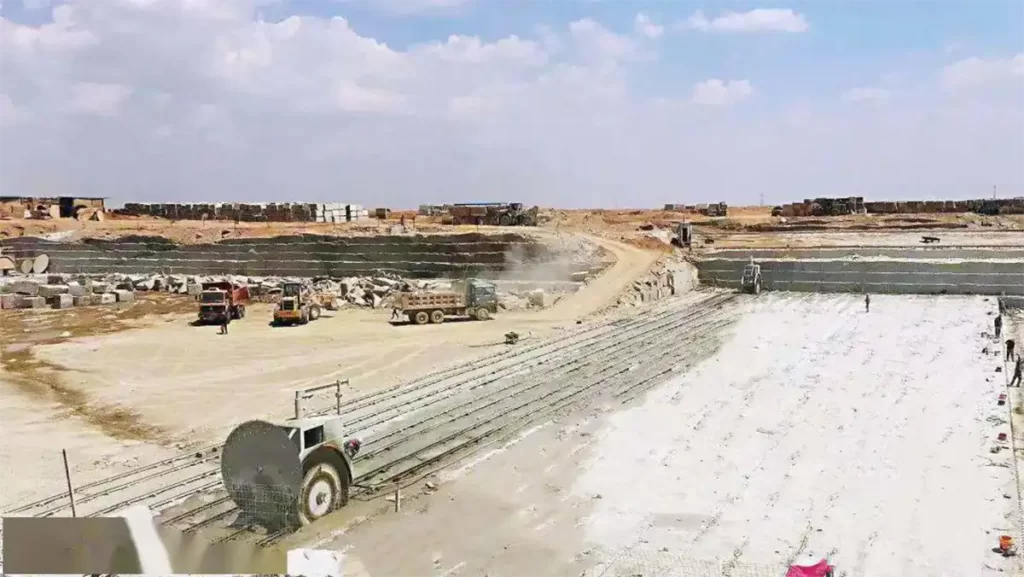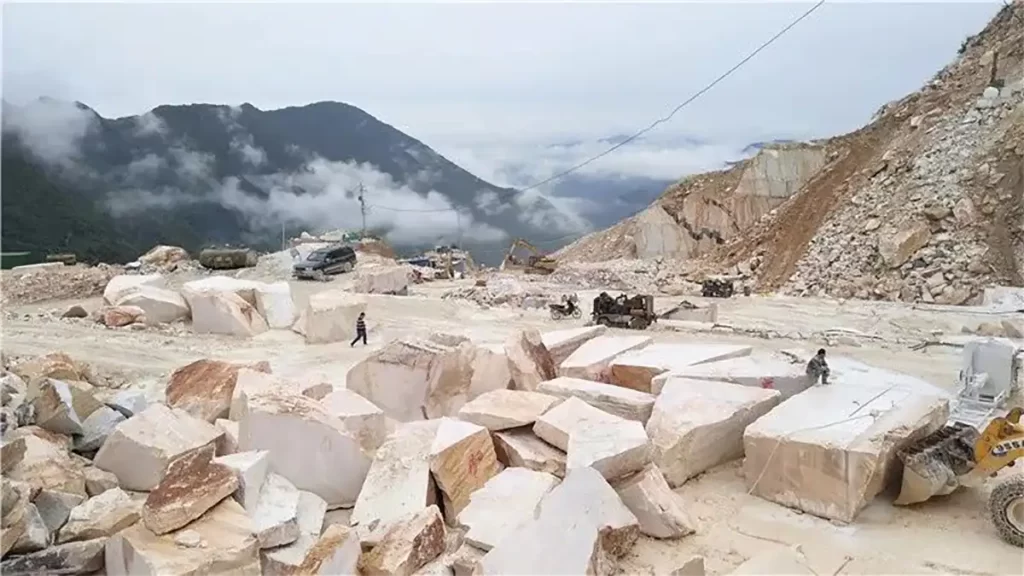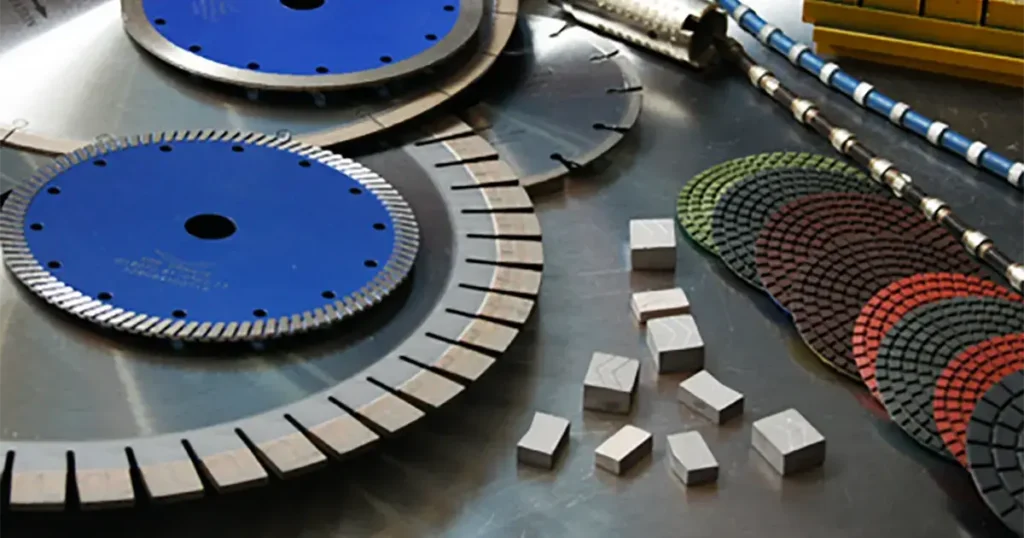
Stone is the earliest building material in human history. People in all periods favor stone because of its hard strength, excellent performance and abundant storage. As the basic material of architecture, stone has withstood thousands of years of changes but still stands in the forest of modern architecture, writing an immortal chapter in the history of world architecture. Many masterpieces of stone architecture are still preserved around the world.
Use Scenarios of Stone
Building stone is not only used as a building cornerstone but also widely used in indoor and outdoor materials of buildings, especially in architectural decoration, because of its unique color and texture beauty. In ancient and modern facilities, no matter the walls, floors, columns, windowsills, or stairs, as long as they are decorated with stone, they add charm and luster to the building. In many excellent buildings in the world, stone decoration is almost used. In the history of world architecture, stone is not only the primary material for buildings to last forever but also a beautiful decorative material. At the same time, it is also a building material that represents history, features permanence, and never fades.
History of Stone Use in Various Countries
It has been thousands of years since human beings mined natural stone for building, and the use of natural stone as building decoration materials also has a long history. The decorative art created by using natural stone in the world has a long history.
In all historical periods from ancient times to the present, the art of stone tools, stone carvings and stone buildings has been flowing like an eternal river.
From Stonehenge in ancient England, Newgrange Passage Tomb in Ireland, Parthenon Temple built with ancient Greek marble, the Roman Colosseum with ancient Roman marble and travertine, the Pyramids & Sphinxes and Karnak Temple built by ancient Egyptians, the ancient city of Jericho in Israel, the giant stone man and beast statues on Mount Nemrut in Turkey, and the stone structure building sites of Great Zimbabwe in Africa, the Pyramid of the Sun in Teotihuacan City, Mexico, the San Agustín Archaeological Park in Columbia, the Gate of the Sun in Tiwanaku, the Moai Statues of Easter Island that have been silently contemplating the sea for thousands of years, the granite observatory El Caracol built by the Maya, and a large number of immortal stone sculptures by Italian sculptor Michelangelo, as well as many stone artworks, they all record the brilliance of stone art in the history of human civilization.
Stone Building Cases
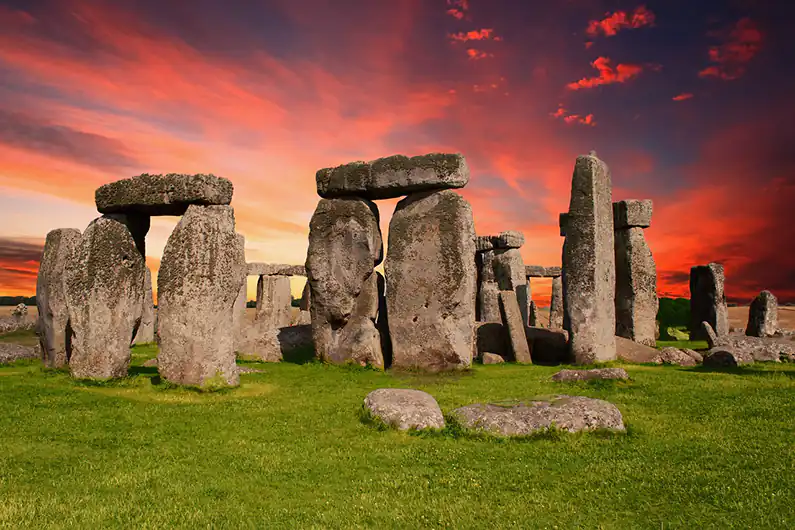
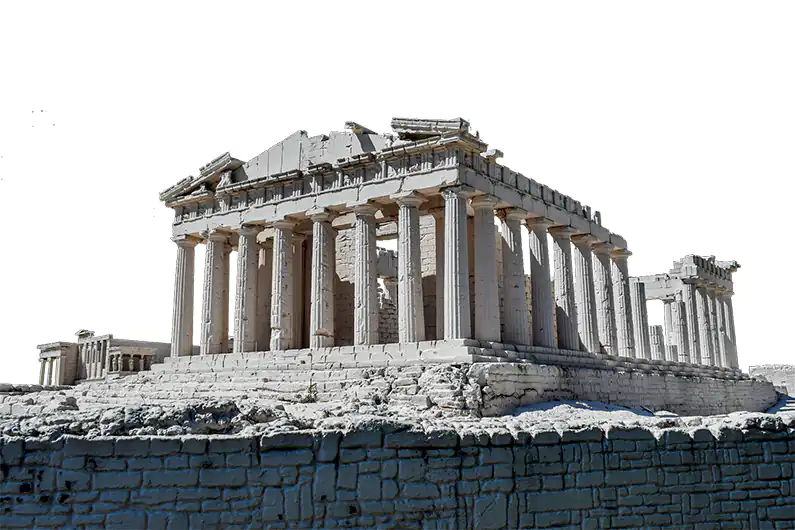
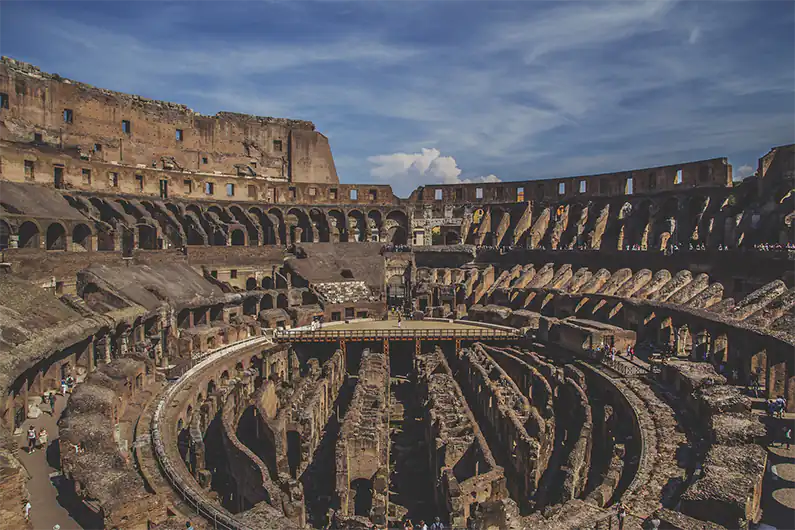
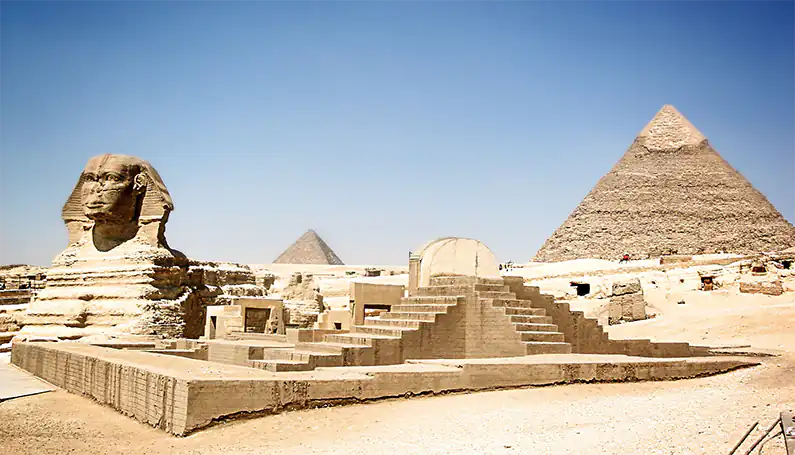
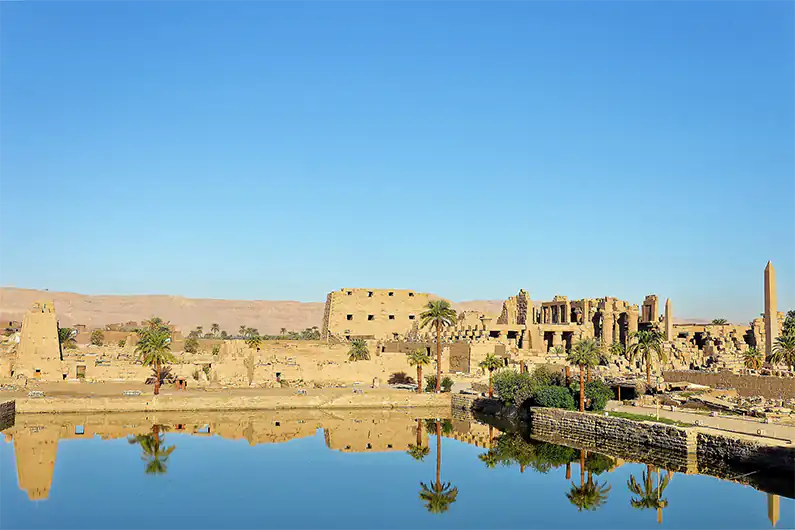
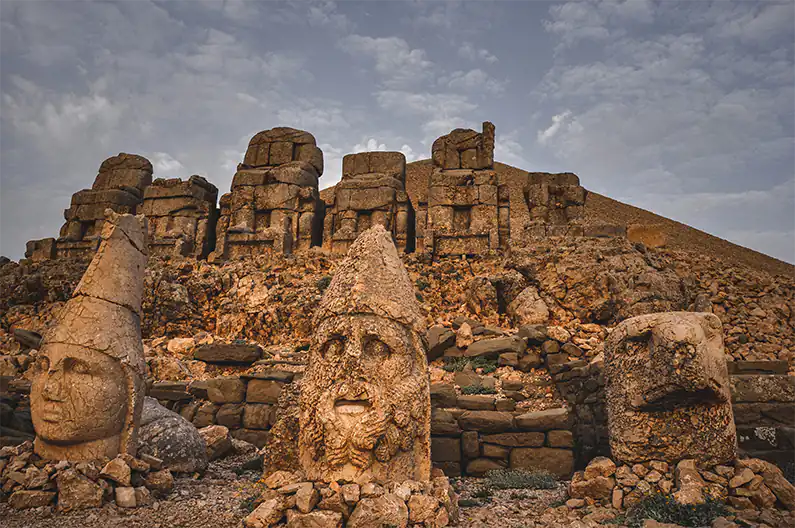
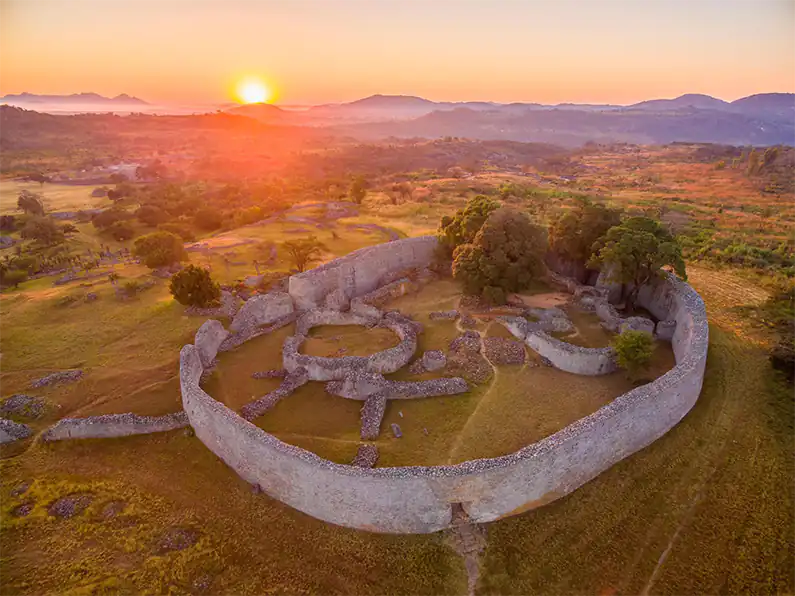
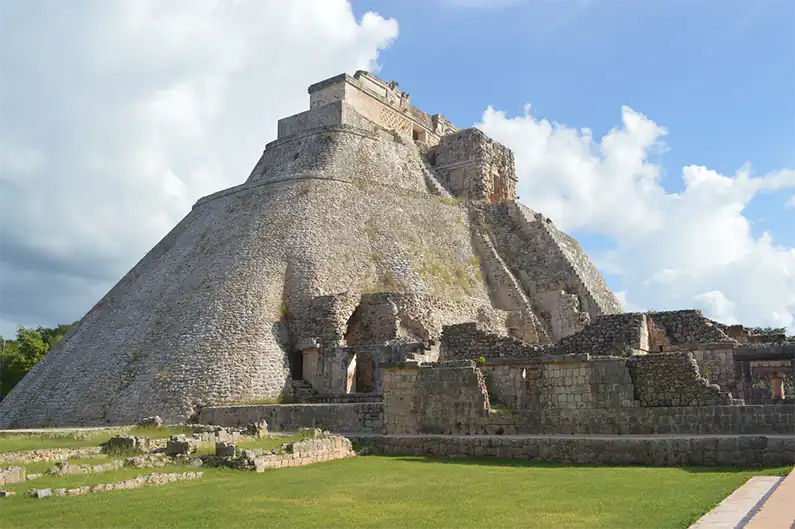
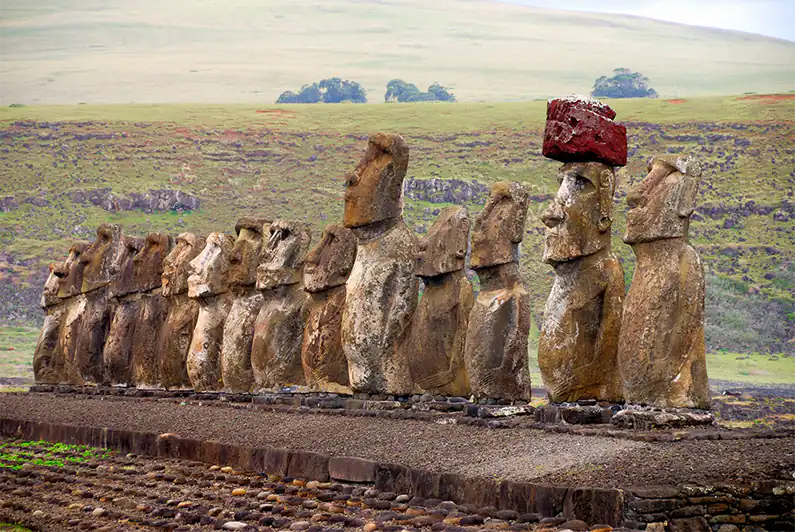
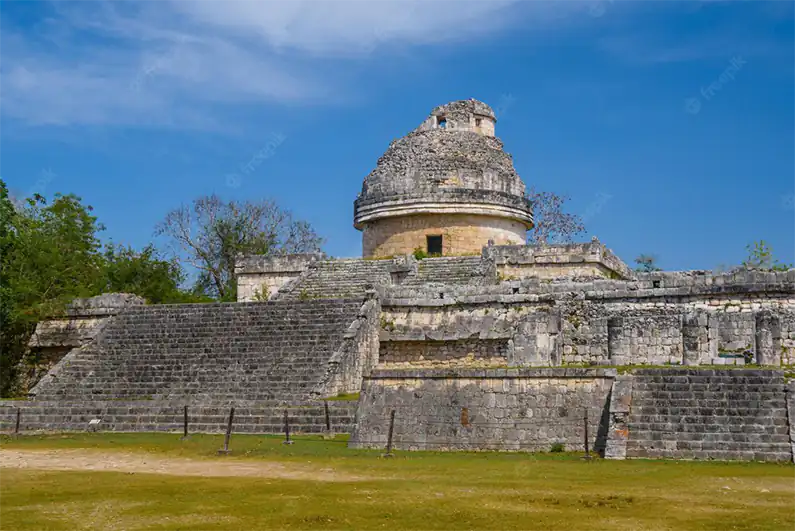
History of Stone Use in China
In China, the history of ancient ancestors’ discovery and utilization of stone materials can be traced back to the Lantian people 800,000 years ago, the Hetao people and the mountaintop cave people of the Paleolithic Age. It is a hazy stage for human beings to use stone materials to produce and live angular stone chips made of gravel, flint and quartz stones. The use of stone tools with a certain purpose, such as stone knives, stone axes, stone arrowheads, stone rings and stone mills, has brought mankind into the Neolithic Age.
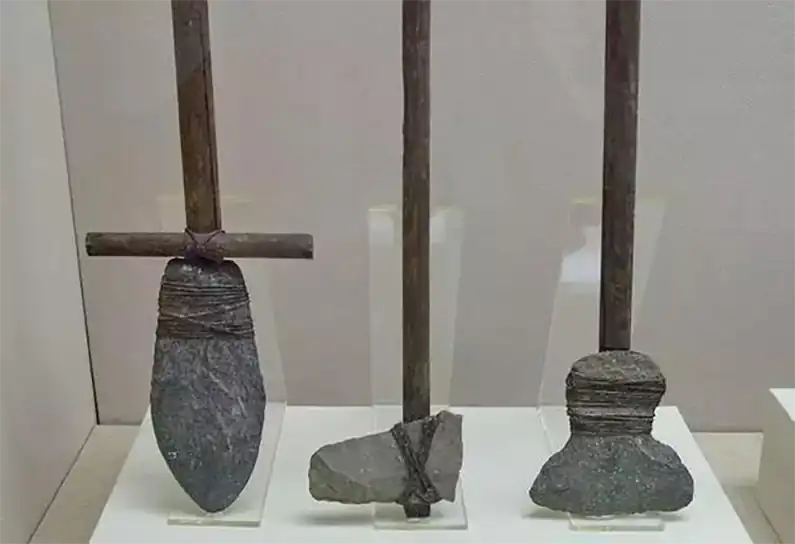
The stone buffalo, osprey, taotie and other birds and animals ornaments unearthed in the Yin Ruins of the Xia and Shang Dynasties in China have made the use of stone into the art field.
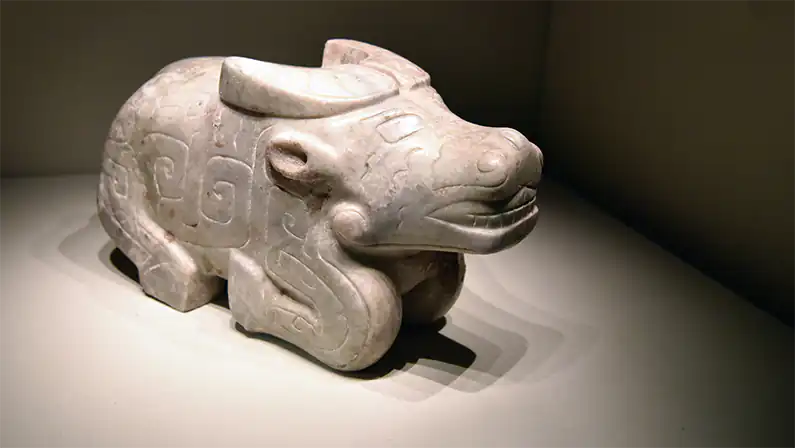
During the Qin and Han Dynasties, natural stone materials were used to build the mausoleum, such as stone carvings in the mausoleum and stone statues in front of the mausoleum.
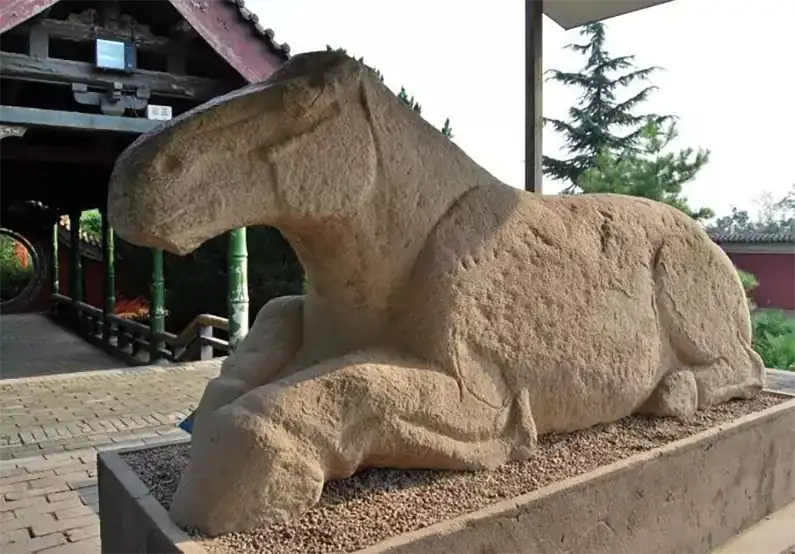
During the Wei, Jin and Southern and Northern Dynasties, Buddhist grottoes abounded with stone Buddha statues, stone Bodhisattva statues, stone Vajra statues and exquisite cliff carvings.
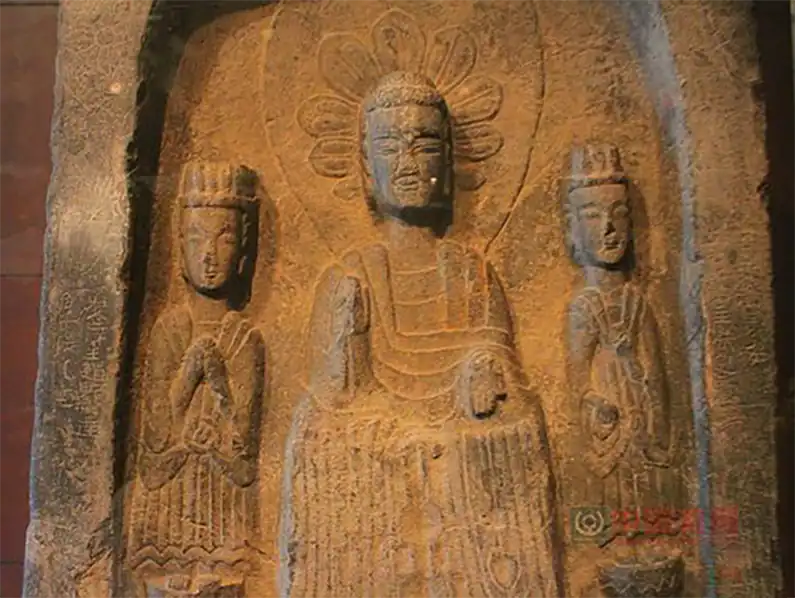
The Sui Dynasty built a stone bridge in Zhaozhou, and the Tang Dynasty tombs used stone Huabiao, stone winged birds, stone ostriches, stone unicorns, stone lions, and stone warrior officials.
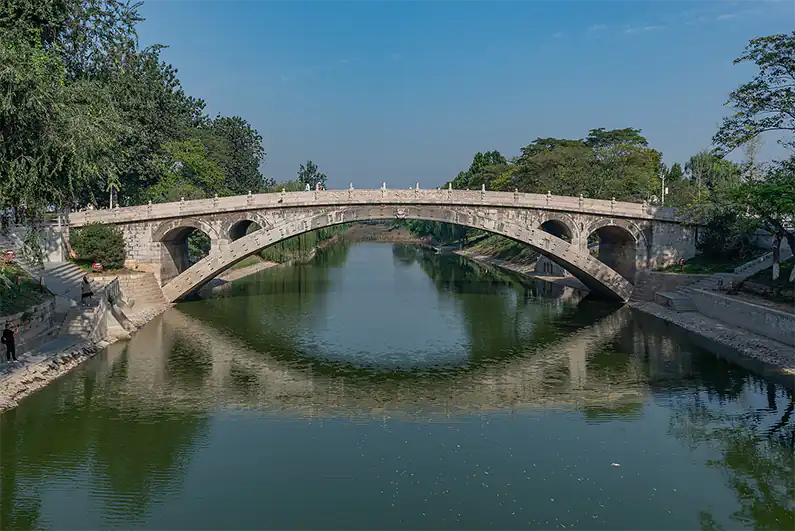
During the Song, Liao and Jin Dynasties, the stone statues of Song Mausoleum, the twin stone towers of Lingyin Temple, the white stone tower at Zhakou, the stone tower of Fahai Temple in Mishan, the stone towers/Pagoda of Zhenguo and Renshou in Kaiyuan Temple in Quanzhou, and the Lugou Bridge in Beijing built in the Jin Dynasty all reflect the exquisite stone sculpture art.
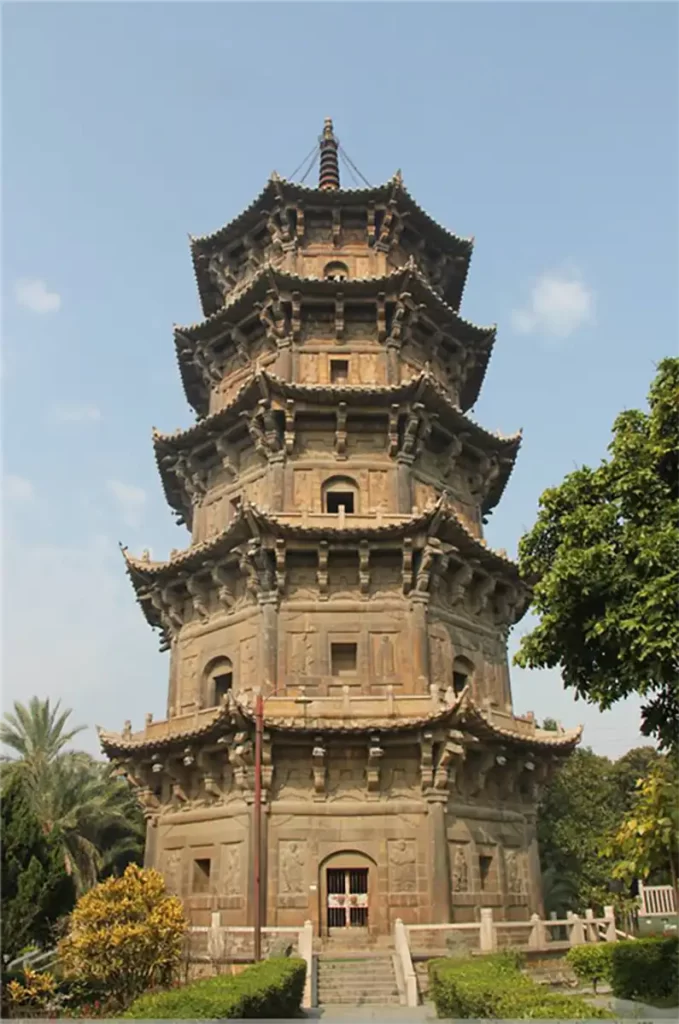
Stone decoration in the Yuan, Ming and Qing Dynasties reflects the cultural characteristics of ethnic minorities. For example, the four statues on the Juyong Guanmen Cave in Beijing, the stone made Jinshui Bridge in front of the Tianke Gate in Beijing, the stone made Panlong Royal Path in the Forbidden City, the stone steps, the stone made round mound platform in the Temple of Heaven, and the stone archway are all decorated with white marble. The stone statues on both sides of the Ming Tombs’ Shinto, the stone decoration of the Dingling Underground Palace, the 17 hole stone bridge in the Guhe Garden in the Qing Dynasty The Jade Belt Stone Bridge, the Stone Archway in Kunming Lake, the carved stone tableau in front of Tian’anmen Gate, and the stone carvings in the ruins of the Old Summer Palace still show the vividness and brilliance of that year. The Western Tomb of the Qing Dynasty in Yixian County, Hebei Province, and the Eastern Tomb of the Qing Dynasty in Zunhua County, Hebei Province, are decorated with very exquisite stone carvings.
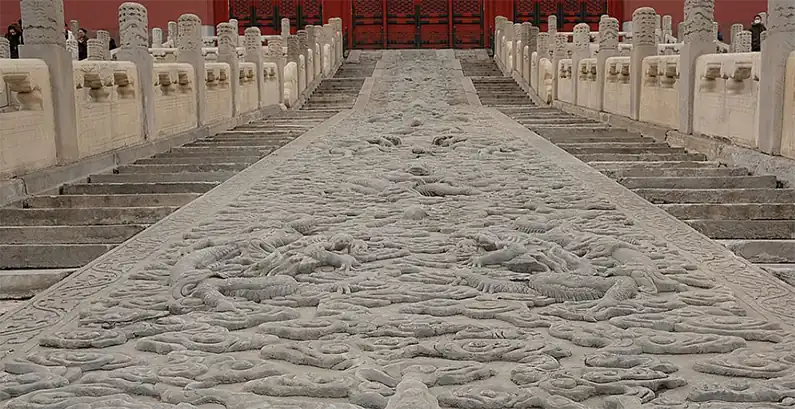
The successive wars during the Republic of China affected the development and application of stone materials. However, the Nanjing Sun Yat-sen Mausoleum, which was completed from 1926 to 1929, still used a large number of stone products, becoming a milestone of stone building in China.
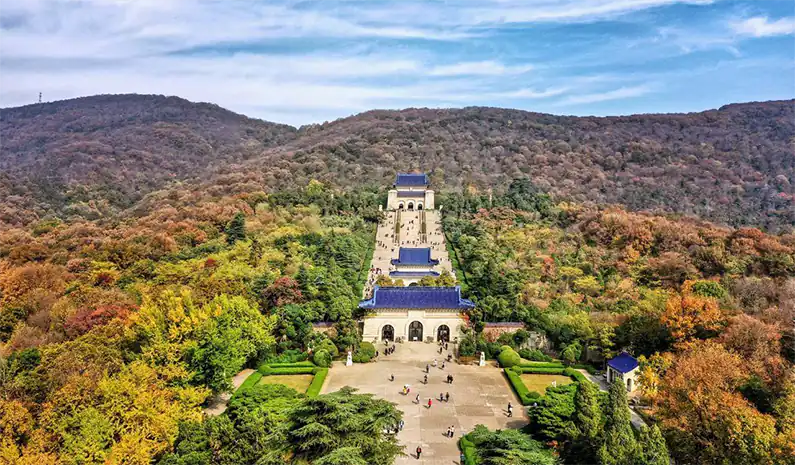
After the founding of the People’s Republic of China, especially since the reform and opening up in the 1980s, with the rapid development of the national economy, the development and utilization of natural stone materials in China have made rapid progress. All kinds of natural stone products are widely used in hotels, hotels, urban public buildings, civil buildings, transportation facilities and other construction fields. It can be said that the use of stone is everywhere, and has penetrated into the daily life of people.
The use and development history of stone has also promoted the development of stone processing tools, processing machinery, architectural decoration technology and construction art, and has become an important part of human civilization.
